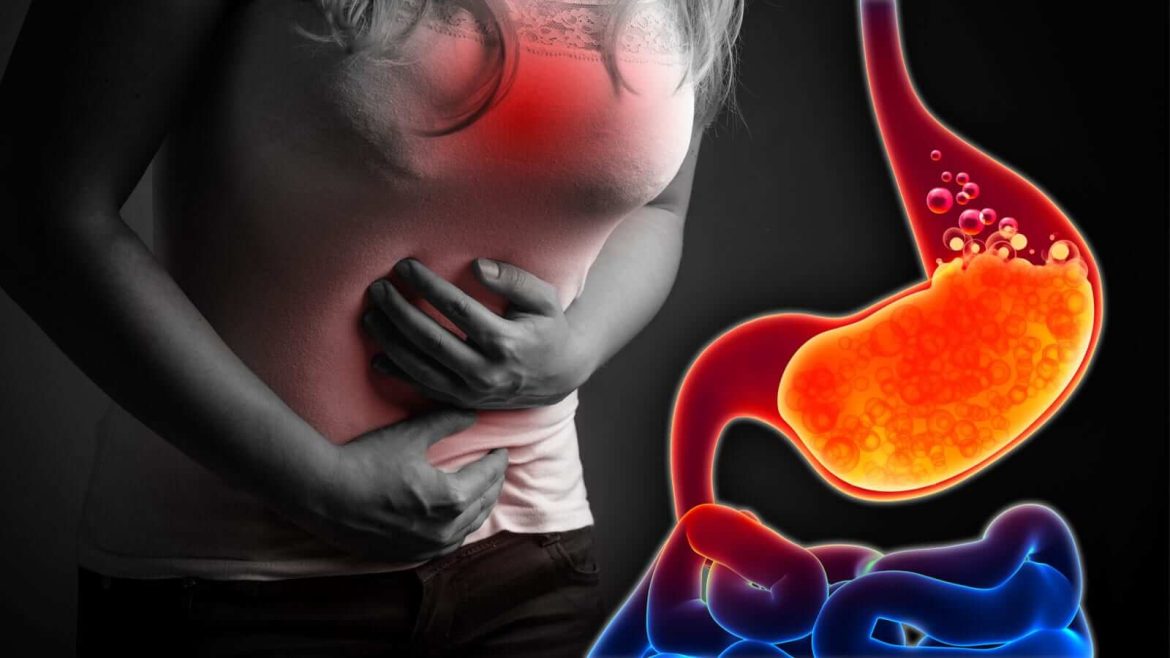
What is the Ayurvedic Perspective and Treatment of GERD?
- February 8, 2025
- Posted by Dr. Vaidya Karanvir Singh
- 0 Comment(s)
Ayurveda approaches gastroesophageal reflux disease (GERD) very differently from modern medicine. Below is an integrated overview covering how Ayurveda views and treats GERD, the modern classification of the condition, and the key differences between Ayurvedic and conventional management.
Ayurvedic Perspective and Treatment of GERD
In Ayurvedic medicine, the symptoms of GERD are often related to an imbalance of the Pitta dosha (which governs heat, acid, and metabolism) and the accumulation of Ama (undigested or “toxic” material) in the gastrointestinal tract. Ayurveda typically does not use the term “GERD” but relates its symptoms to disorders such as Amlapitta (excess acidity or hyperacidity) and Pachakshaya (impaired digestion). The treatment is holistic and individualized, aiming to restore balance by:
• Dietary Modifications:
Ayurveda recommends a cooling, easily digestible diet to reduce excess Pitta. This means avoiding spicy, sour, fried, and processed foods. Instead, one may include foods that are naturally soothing to the stomach (for example, rice gruels, steamed vegetables, and herbal teas).
• Herbal Remedies:
Several herbs are used to balance Pitta and improve Agni (digestive fire). Common remedies include:
• Amla (Indian Gooseberry): Known for its cooling and antioxidant properties, it helps neutralize excess acidity.
• Licorice (Yashtimadhu): Soothes the mucosal lining of the esophagus and stomach, reducing inflammation and irritation.
• Guduchi (Tinospora cordifolia) and Triphala: These support digestion, detoxification, and overall gastrointestinal health.
• Other herbs such as ginger (in small doses) may be used judiciously, as it can stimulate digestion without aggravating acid production when balanced correctly.
• Panchakarma and Lifestyle Changes:
Ayurvedic detoxification therapies (Panchakarma) may be employed to remove Ama and restore the natural functioning of the digestive system. In addition, stress management techniques (such as yoga and meditation) and regular routines (timing of meals, sufficient sleep, and moderate physical activity) are strongly emphasized to maintain overall balance.
Modern Scientific Classification of GERD
In modern gastroenterology, GERD is defined as the reflux of stomach contents into the esophagus that causes troublesome symptoms or complications. Scientific literature generally distinguishes several types or stages of GERD, including:
1. Non-Erosive Reflux Disease (NERD):
Patients experience reflux symptoms without visible esophageal damage on endoscopy.
2. Erosive Esophagitis:
Here, the reflux causes visible inflammation and erosion of the esophageal lining.
3. Barrett’s Esophagus:
This is a complication of chronic reflux where the normal esophageal lining is replaced by columnar epithelium, which can increase the risk of esophageal adenocarcinoma.
4. Functional Heartburn:
A subset where patients have reflux-like symptoms without acid reflux or any mucosal damage.

Modern research also considers factors such as acid exposure time, esophageal motility, and hypersensitivity in the evaluation of GERD.
Differences Between Ayurvedic and Modern Management
• Focus on Root Cause vs. Symptom Relief:
• Modern Management:
Conventional treatment of GERD is largely symptomatic. It typically involves medications such as proton pump inhibitors (PPIs), H2 receptor blockers, and antacids to reduce stomach acid, along with lifestyle modifications (weight loss, dietary changes, avoiding triggers) primarily aimed at reducing symptoms.
Ayurvedic Approach:
Ayurveda seeks to correct the underlying imbalance in the digestive system (especially the Pitta dosha and Ama accumulation). The approach is holistic—it includes a detailed assessment of the individual’s constitution (Prakriti), tailored dietary recommendations, herbal formulations, detoxification therapies, and stress reduction measures to restore overall balance rather than merely suppressing symptoms.
• Customization and Holistic Care:
• Ayurvedic treatments are personalized based on a person’s unique physical and mental makeup. This means that two patients with similar reflux symptoms might receive different herbal formulations, dietary guidelines, and lifestyle advice in Ayurveda.
• Modern medicine, while evidence‐based and standardized in its protocols, often applies a one‐size‐fits‐most strategy for acid suppression.
• Long-Term vs. Short-Term Strategy:
• Modern medications are highly effective in reducing acid secretion in the short term but may not address digestive function or lifestyle factors comprehensively.
• Ayurveda, on the other hand, emphasizes long-term healing through gradual restoration of digestive fire, regular detoxification, and overall lifestyle balance, which proponents believe can lead to sustained improvements in gastrointestinal health.
In Summary
Ayurveda treats GERD by identifying it as an imbalance of digestive energies (mainly an excess of Pitta and accumulation of Ama) and uses a combination of personalized diet, herbal remedies (such as Amla, licorice, Guduchi, and Triphala), detoxification procedures, and lifestyle modifications to restore digestive harmony. In contrast, modern medicine categorizes GERD (including NERD, erosive esophagitis, and Barrett’s esophagus) based on clinical and endoscopic findings and primarily relies on acid suppression and standardized lifestyle changes to manage symptoms.
Both approaches have their merits, and many patients today explore integrative treatments that combine the symptomatic relief of modern medications with the holistic, individualized care offered by Ayurveda. Always consult a healthcare professional before beginning any new treatment plan.
Feel free to ask if you need more detailed information on any aspect of this topic.

Dr. Vaidya Karanvir Singh is the younger Vaidya in Chandigarh Ayurved & Panchakarma Centre. He is the fourth generation in his family who is practicing as a general consultant in Ayurved & Panchakarma treatment at Chandigarh. In his practice, he had treated more than 1 Lakh Plus patients worldwide.

